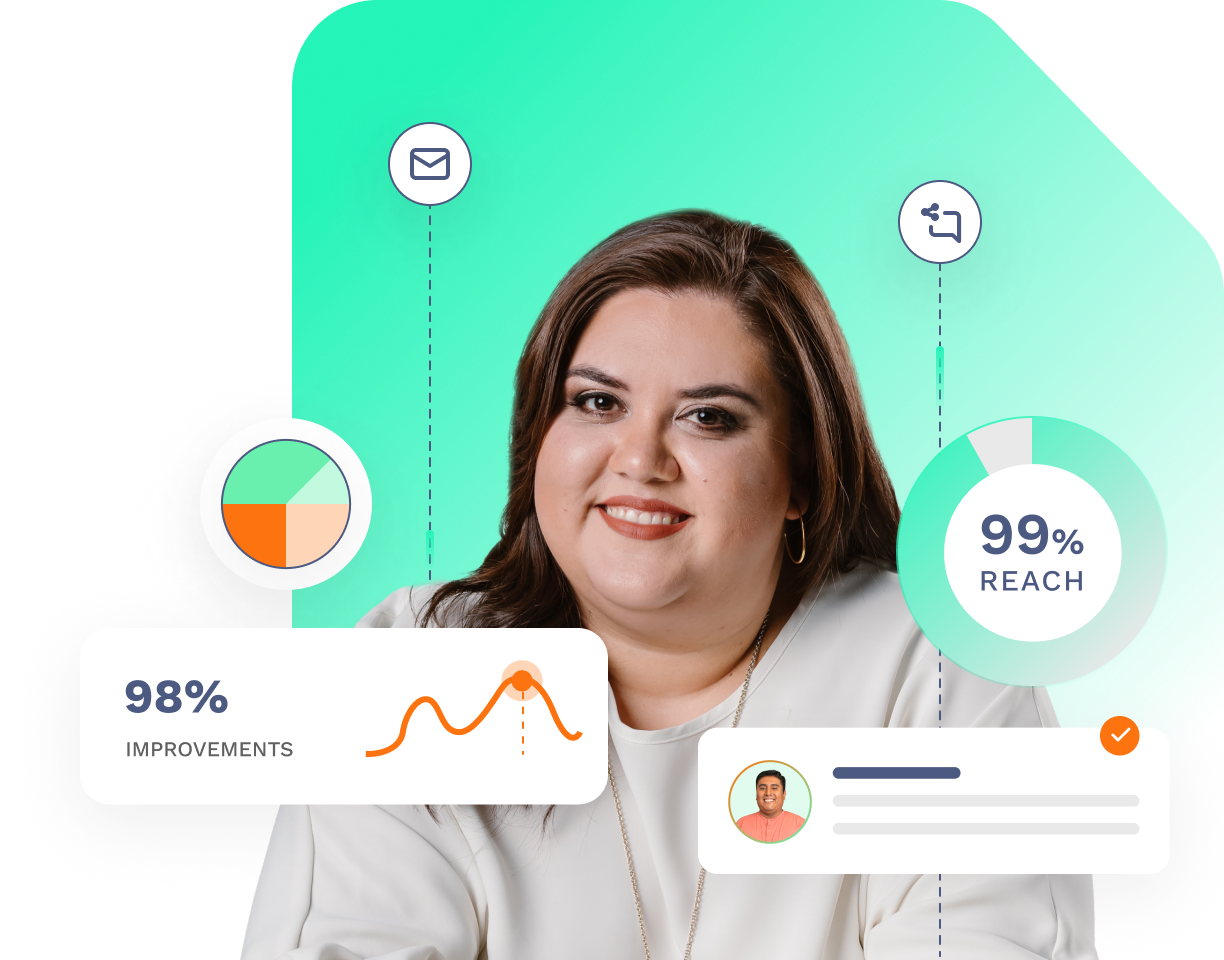HubSpot
Maximizing Trial Conversions with HubSpot Lead Scoring for SaaS Companies

Lourdes Calderón
Lourdes Calderón | May 19, 2025 | 7 MIN READ
May 19, 2025 7 MIN READ

If you're running a SaaS business, your trials aren't just an opportunity to showcase your product—they’re an essential moment to identify your most promising customers. But here's the catch: not every trial user will convert, and determining which ones are most likely to is a challenge that can make or break your growth strategy.
Enter HubSpot lead scoring, a tool that, when leveraged correctly, can become the backbone of your product-led growth strategy. But here's the key—it’s not about using a generic scoring model. For SaaS, you need to score based on how users are interacting with your product, not just their demographic info or email interactions.
In this post, we’re diving deep into how you can implement HubSpot lead scoring to identify high-intent trial users and ensure that your sales team knows exactly who to engage and when.
Why Traditional Lead Scoring Doesn’t Work for SaaS Trials
When it comes to lead scoring, many companies default to traditional methods: tracking email opens, clicks, or basic firmographics (company size, role, etc.). While these signals are useful, they miss the real picture in a SaaS trial context.
Your trial users are already in your product. Their actions within your app are the true indicators of their intent. A user may open your emails, but that doesn’t mean they’re genuinely engaged with your software. Likewise, a lead’s company size might look great on paper, but if they never log in or interact with core features, they’re unlikely to convert.
The most important thing to understand is this: Engagement within the product is the most accurate predictor of future conversion. That’s why we need to take a behavior-driven approach to scoring—something HubSpot allows you to do through customizable workflows and scoring models based on actual product usage.

What High-Intent Looks Like in SaaS Trials
Now that we know traditional lead scoring doesn’t cut it, let’s discuss what high-intent behavior looks like during a trial period. After all, defining these behaviors is the first step in building a smart lead scoring system.
High-intent trial users typically exhibit several key behaviors, which we can map back to the actions that correlate with successful conversions. These behaviors include:
-
Frequent logins within the first week: If a user logs in multiple times, they’re clearly exploring your product. A user logging in once a week isn’t engaging deeply enough to show high intent.
-
Completing onboarding or setup flows: A user who finishes onboarding is making a serious commitment. It’s an indication that they see value in the product and are trying to implement it into their workflow.
-
Exploring premium features: A user who uses high-value features early (like automations, integrations, or reporting) is likely more invested in the product. This is a huge sign that they’re evaluating your product for its full potential.
-
Inviting team members or colleagues: When users invite others to their account, they’re already thinking beyond individual use and are considering team-wide adoption.
-
Engaging with upgrade or billing pages: This is the clearest indicator of intent. If a user is looking at pricing or billing pages, they are mentally moving toward a paid plan.
These behaviors are critical signals. Understanding them—and assigning value to each one—will help you fine-tune your HubSpot lead scoring model.
Pushing Product Data into HubSpot
HubSpot’s lead scoring tools work best when they’re tied to real product usage data. But out of the box, HubSpot doesn’t know what’s happening inside your app. To make product-based scoring work, you need to integrate your product’s data with HubSpot CRM.
Here’s how you can do that:
-
Using Segment or RudderStack: These tools allow you to send product events (like ‘completed onboarding’ or ‘feature used’) directly into HubSpot as custom contact properties. This way, you get clear signals about how trial users are engaging.
-
HubSpot's Behavioral Events API: If you're on HubSpot's Enterprise tier, you can use this API to send in specific events like
used_automation_featureorvisited_upgrade_page. These custom events will then be available as properties in your contact records. -
Zapier or Other Middleware Tools: For simpler setups, you can use Zapier or similar tools to connect your product data to HubSpot. While not as scalable, this is a quick solution to get started.
Once this data is flowing into HubSpot, you can start to assign scores based on specific actions, making your lead scoring far more effective and relevant to SaaS trials.
Building a SaaS-Focused Scoring Model in HubSpot
Now that you have the product data coming into HubSpot, it's time to start building a lead scoring model. This isn’t the same model you’d use for traditional marketing leads. Here, you're focusing on behaviors so make sure you include actions that clearly correlate with trial success.
For example:
-
Completed onboarding (+15): This action shows that a user is committed and engaged with the product.
-
Used a core feature within 3 days (+20): This is a huge sign that the user sees value and is actively testing key functionality.
-
Invited a team member (+10): This behavior signals that the user sees potential for team-wide adoption.
-
Visited the upgrade page (+12): Users who show interest in pricing are often just a few steps away from converting to a paid plan.
On the flip side, you should also set up negative scoring for actions (or lack of actions) that indicate low intent:
-
No login after Day 3 (-10): If a user hasn’t logged in early, they’re likely not invested in your product.
-
Used only one feature (-7): A user who is only using one feature isn't seeing enough value to move forward.
-
Ignored onboarding emails (-5): Ignoring communications like onboarding emails could be a red flag for engagement.
You can also add decay logic to your model, where scores decrease over time if users don’t engage with your product within a set period. For example, if a user hasn’t logged in within 48 hours or hasn’t used a key feature after 7 days, you can deduct points.
Using Lead Scores to Drive Smart Automation
Once you've set up your lead scoring, it's time to let HubSpot do the heavy lifting. With your scores in place, you can automate tailored workflows that align with the level of intent a user has shown.
Here’s how:
-
High-score (50+) users: These are your most engaged trial users. When they hit this threshold, trigger a Slack notification for sales reps to follow up, create a task in HubSpot for direct outreach, and move the lead into an SQL lifecycle stage for immediate attention.
-
Mid-score (30–49) users: These users need more nurturing. Enroll them in a personalized email sequence that highlights additional features they may not have explored yet or offer them access to exclusive content like webinars.
-
Low-score (<30) users: These users are on the fence. Set up a re-engagement workflow that includes feedback requests, trial extension offers, or direct support from customer success to try and salvage their interest.
Pro Tips & Pitfalls
-
Include trial expiration in your scoring model: If a trial is nearing its end and a user hasn’t converted, consider adding urgency-based scoring (e.g., +10 points if the trial is about to expire).
-
Validate your model: Use cohort analysis to check how well your scoring model predicts actual conversions. Adjust based on real-world outcomes.
-
Start simple: Don’t overcomplicate the model. Focus on 5-7 key behaviors to begin with and iterate from there.
Final Thoughts
With the right HubSpot lead scoring model, SaaS companies can identify high-intent trial users early and guide them down the path to conversion. But it all comes down to tracking product engagement, building behavior-driven workflows, and ensuring your teams know exactly how to respond.
If you're ready to optimize your trial-to-paid conversions, HubSpot lead scoring can be the game-changer you need to turn more trials into paying customers.
Need help integrating your product data with HubSpot and building your lead scoring model? Let’s chat—we specialize in SaaS growth and can help you set up systems that turn trials into revenue.
TABLE OF CONTENTS
Stay Updated with Our
Latest Posts
Subscribe now to receive the freshest content, insights, and updates directly in your inbox.

Recent Articles


2024 © The Orange Box Agency – All rights reserved





.png?width=90&height=90&name=facebook%20(1).png)
.png?width=94&height=96&name=Vector%20(1).png)